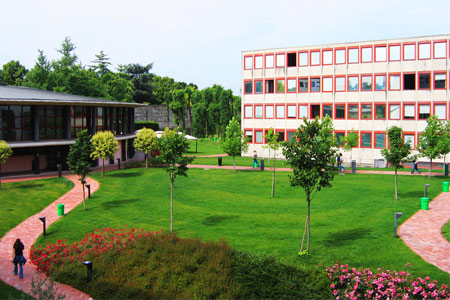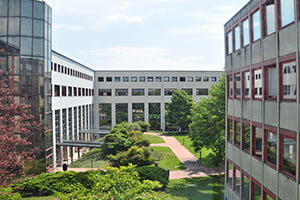The notion of a Scottish modernism, by now fully established among critics, is in fact a relatively recent one. The much more established term ‘Scottish Renaissance,’ whose chronological span largely coincides with the conventional periodisation of Euro-American modernism was for a long time perceived and described both within and without Scotland as a primarily vernacular/nationalist movement, which related modernism exclusively through MacDiarmid — its most visible and charismatic representative. In fact, as recent criticism has brought to light, while MacDiarmid was ostensibly the only writer within the Renaissance explicitly engaging with avant-garde and metropolitan modernist practices, his many contemporary colleagues and fellow country(wo)men worked on an equally radical agenda of modernisation of Scottish literary expressions and, in their own different ways, by breaking away from the insular boundaries of an Anglo-centrically defined Scottishness, promoted a trans/national revision of their cultural identity. Even by quite narrowly canonical standards, and irrespective of MacDiarmid’s kinship with the metropolitan avant-garde, the Scottish Renaissance is then a modernist expression in its own right. The choice of the term Scottish modernism for the present project, therefore, is not to be taken as a negation of the Scottish Renaissance’s essentially modernist stance, but rather as an indication of the need for a broader and more inclusive perspective, both in terms of aesthetic modes and thematic/ideological concerns. No matter how amply conceived, in fact, an affiliation with the Scottish Renaissance always implied that nationalist/localist agenda, which was being embraced by more and more people as the twentieth century progressed While such ‘national sentiment’ remains no doubt a conspicuous feature of modernist expressions in Scotland, it can only provide a partial account of the contribution of some of its most significant and internationally renowned exponents, such as the poet and translator Edwin Muir, or even of relevant sections of the work of ostensibly ‘nationalist’ writers who entertained extra-Scottish affiliations and interests (Lewis Grassic Gibbon or Catherine Carswell), and ultimately deprives us of the possibility of articulating a comprehensively objective picture of this historical/cultural period. Finally, such terminological choice points in the direction of a timely re-contextualisation of Scotland’s cultural history within the contemporary debate on global modernism(s) and modernities. The main aim of the project is to attempt to provide a theoretical framework for such re-contextualisation, as well as to foster comparative dialogue among and across theoretical/empirical areas of academic investigation within the expanding field of modernist studies.







